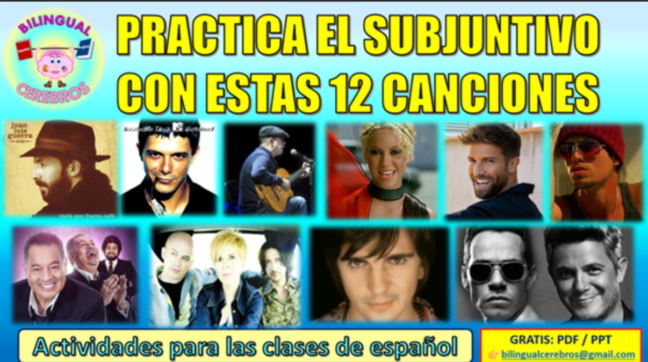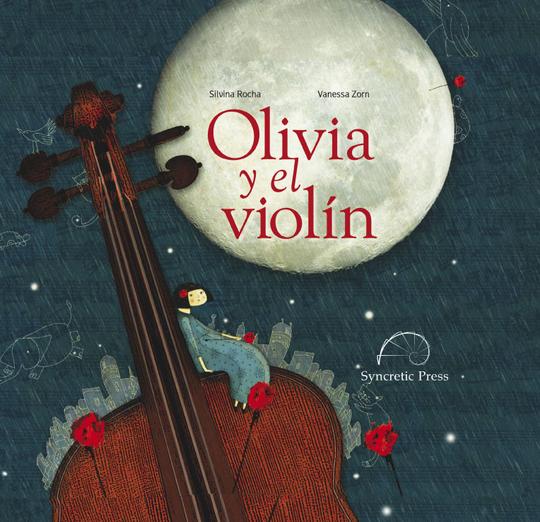by Maria Martinez (LTL Contributor)
Looking back at what motivated me as a learner when I was a child and I started learning English, brings back memories from my primary school years in a small village in the south of Spain. Back then foreign languages were introduced in Year 6 (at age 12).
Before that, I’ve had my first contact with English through music like most of us did back then, listening to Madonna, Michael Jackson and all the great singers from the 80s, (I’m showing my age now…🙃😊) musicals like Grease, etc. And of course, I loved singing their songs without having a clue about their content and mispronouncing every single word: “Wi ar de worl, wi ar de children!” or “Laik a berjen, tach for the beri ferst taim” 🤣
One day, I remember that one of my sister’s friends heard me singing and started laughing at me (not only because of my singing, but more because of the words that I was saying… Well, not that she knew any better, as she was older than me and the older generations were learning French…). I must have been around 8 or 9 years old, but I remember it really annoyed me and that day I decided that one day I would speak English really well and that I would understand every single word from my favorite singers.
Some years later, when I was about 12-13 and I was already learning English at the school, I remember that I had fallen in love with the boy band of that time “New Kids On The Block.” I used to spend hours and hours listening to their songs, rewinding my tapes (very 80s!) and writing down the lyrics that I could understand by decoding them on my own and using my Spanish/English dictionary to find out what they were singing about.
Ahhh the 80s! No Google Translate back then to help me, all manual… But you know what? There was something about that process that really helped those words and sentences stick better in my head and allow them to stay in the long-term memory and embed themselves as part of my vocabulary.
Don’t get me wrong, I am really in love with technology and all the advantages that it brings; however, I am seeing how relying too much on technology is making us all slowly less sharp… Faster for some things, but in terms of independent learning and reasoning, I think that the abuse of technology could make us lose some of our intellectual capacities gradually, so I believe that keeping a balance is very important. The key thing is to find the balance, like with everything else in life.
Music in Language Lessons
Going back to the motivation and inspiration when learning languages, I believe that Music is without a doubt a tool to be used in lessons as frequently as possible. I invite you to the section in my channel called MUSIC & ACTIVITIES IN SPANISH & ENGLISH LESSONS, where I post and recommend songs and activities related to them.
I try to choose songs that have great messages, key structures, verb tenses that need to be revised (subjuntivo, pretéritos, etc.) Also, I try to give ideas of activities that you can do in Spanish and English lessons. I hope you find them helpful and include music in your lessons to motivate and inspire students. Be on the look as I will be uploading many more soon.
Check that section of the channel and let me know!




♡ Website: www.bilingualcerebros.com
♡ YouTube: https://www.youtube.com/@bilingualcerebros
♡ instagram: https://www.instagram.com/languages_sra_martinez/
♡ tiktok: https://www.tiktok.com/@bilingualcerebros
♡ facebook: https://www.facebook.com/LanguagesResourcesSraMartinez
♡ twitter: https://twitter.com/LanguagesSra
♡ linkedin: https://www.linkedin.com/in/maria-martinez-5bb94a1a5/


